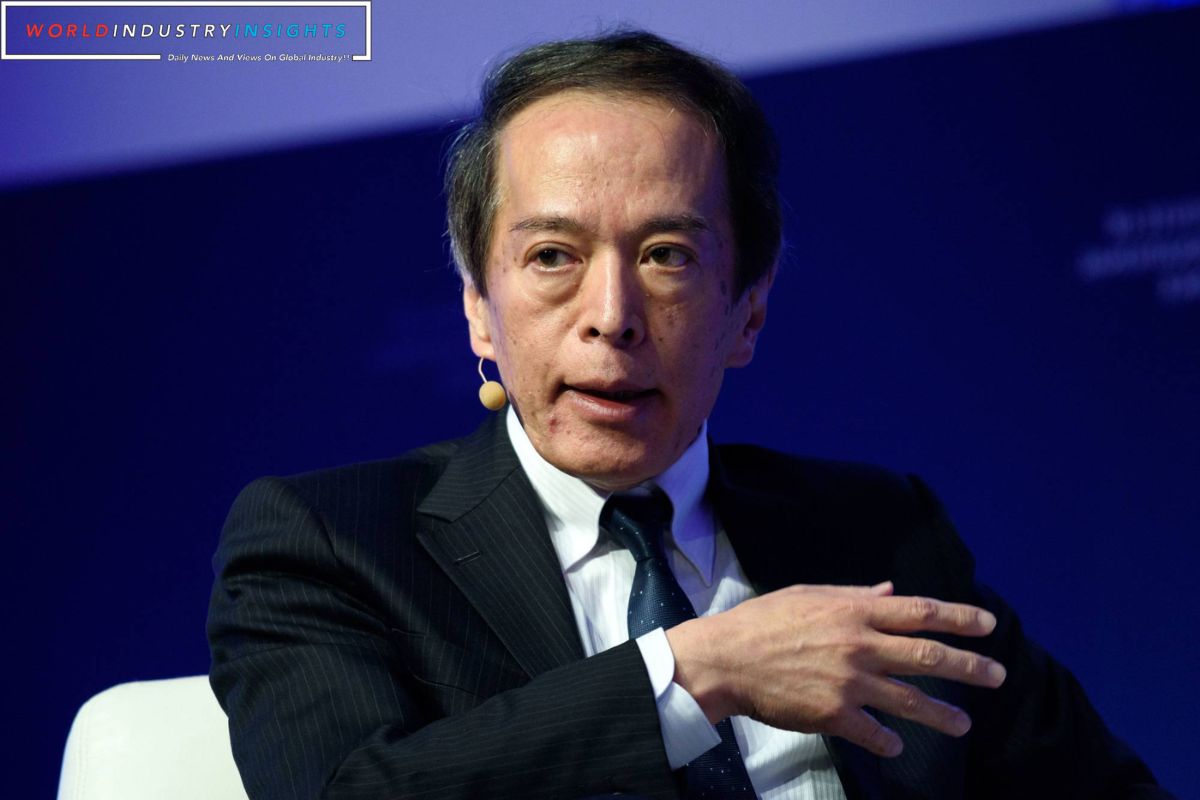BOJ Tightrope Act: The Bank of Japan (BOJ) stuck to its expected script on Tuesday, maintaining its ultra-loose monetary policy, highlighting a cautious stance awaiting signs of sustained inflation. No surprises emerged in the dovish policy guidance, quashing hopes for immediate shifts in negative interest rates. The focus now turns to Governor Kazuo Ueda‘s post-meeting briefing for any hints on the central bank’s stance.
Analyst Hiroaki Muto from Sumitomo Life Insurance speculated on Ueda’s inclination, suggesting an exit from negative rates in April if wage negotiations next year prove positive. However, the BOJ seems keen on managing market expectations, steering away from signaling an imminent exit. In the two-day meeting’s outcome, the BOJ maintained the short-term rate target at -0.1% and the 10-year government bond yield at around 0%. The upper band of 1.0% for the 10-year yield also remained untouched.
In a statement, the BOJ expressed a readiness for additional easing steps, citing “extremely high” uncertainty in the economy. The yen saw a broad decline, and Japanese stock futures surged following the decision.
Governor Ueda’s upcoming news conference holds potential insights into the BOJ’s strategy. Japan, grappling with inflation persisting above 2%, has witnessed firms signaling a willingness to raise wages, hinting at a possible policy shift. The BOJ’s prior moves, including a cap increase on the 10-year bond yield in July, indicated a gradual departure from radical stimulus measures.
Also Read: BOJ Delicate move: Yen Wavers Amidst Rate Uncertainty
Despite over 80% of economists polled by Reuters foreseeing an end to the negative rate policy next year, the timing remains uncertain. Half of them predict April as a likely scenario, with a chance of a shift in January. Analysts speculate that the BOJ might find January or April opportune for a move, coinciding with the release of quarterly outlook reports containing updated growth and price projections.
Naomi Muguruma, Chief Market Economist at Mitsubishi UFJ Morgan Stanley Securities, suggests the BOJ’s decision this time stems from the need for fresh projections, showcasing a growing wage-inflation cycle. Expectations lean towards the BOJ abandoning the negative rates policy and yield curve control in January, aligning with the quarterly projections.
However, global monetary policy shifts, with U.S. and European central banks signaling rate stability, may pose challenges. The BOJ must navigate carefully to avoid triggering yen spikes that could impact manufacturers and wage-hike decisions in a shifting global landscape.
Our Reader’s Queries
What is Japan’s central bank quantitative easing?
For many years, the Bank of Japan (BOJ) has been implementing unconventional monetary policies. Their approach has been heavily influenced by Keynesian economics, which emphasizes government intervention in the economy. One of their most notable policies has been quantitative easing (QE), which involves purchasing private assets to support struggling businesses and stabilize prices. This strategy has been in place for over 15 years and has been a key part of the BOJ’s efforts to stimulate the economy.
What is the short term bond yield in Japan?
The daily report on Japan’s Short Term Government Bond Yield shows that in December 2023, the 1-year yield was at -0.04% pa, which remained unchanged from the previous day. This data has been updated daily since September 1974 and is available up to December 2023.
What are the government bonds in Japan?
JGBs, or Japanese Government Bonds, are a reliable investment option as they are guaranteed by the government of Japan. The government takes responsibility for both interest and principal payments, which are made every six months and secured at maturity respectively. This makes JGBs a safe and secure investment choice.


